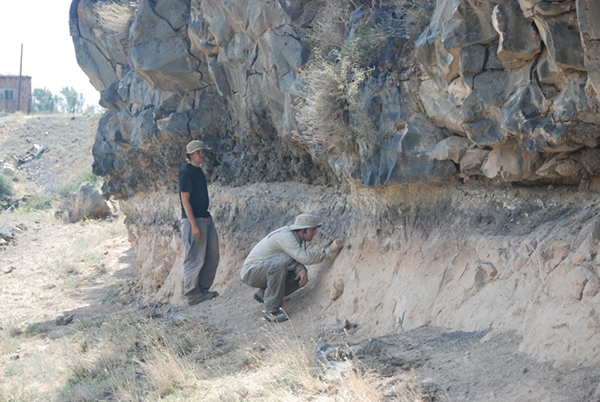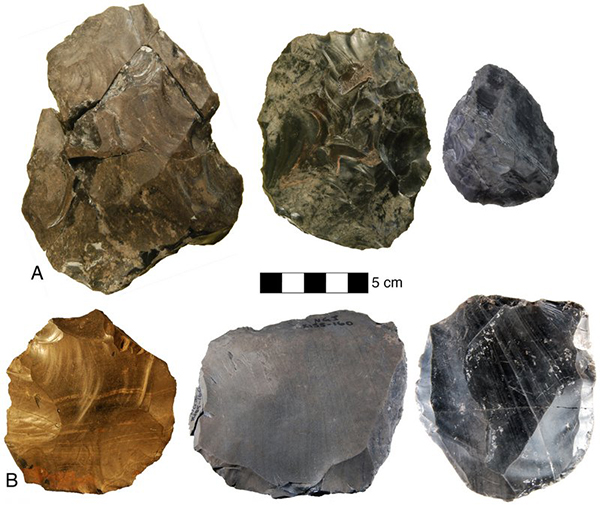YEREVAN — Stone Age artefacts discovered at a site in Armenia have shown how innovative humans were in terms of technological development 325,000 years ago, according to the International Business Times.
Published in the journal Science, researchers studied thousands of stone artefacts from the Nor Geghi 1 site in Armenia. The area is unique as it has been preserved between two lava flows dating from 200,000 to 400,000 years.
The archaeological material was found in layers of floodplain sediments and ancient soil between the lava flows.
Analysis of the artefacts, by researchers at the University of Connecticut, showed that human technological innovation occurred intermittently throughout the Old World, rather than spreading from a single origin.
Their finding challenges long held theories of how human technology developed – that it spread as human populations moved. Experts thought more advanced technology was invented in Africa and spread to Eurasia replacing older tools in the process.


The tools found suggest simultaneous use of both biface and Levallois technology – a surprising discovery: “The co-existence of the two technologies at Nor Geghi 1 provides the first clear evidence that local populations developed Levallois technology out of existing biface technology,” the authors said in a statement.
Daniel Adler, lead author of the study, said: “The combination of these different technologies in one place suggests to us that, about 325,000 years ago, people at the site were innovative.”
Researchers believe the shift from biface to Levallois technology was gradual and intermittent, and that it occurred independently within different human populations who had shared technological ancestry.
Adler said their findings suggest Stone Age people were flexible and variable in terms of their technology – highlighting the “antiquity of the human capacity for innovation”.










